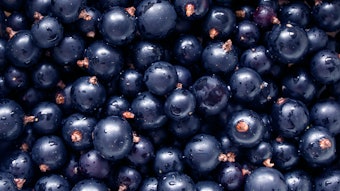Carvone, p-mentha-6,8-diene-2-one, formerly designated as carveol, is a common and important constituent of essential oils. It occurs in (+)-, (–)-, and (±)-forms. (+)-Carvone is the main component (50-60%) of the caraway (Carum carvi) and dill (oleum anethi) oils; the (–)-variety is found in spearmint oil (up to 70%) and in kuromoji oil. (+)-Carvone is present in gingergrass oil. (The pronounced differences in odor and taste of the optical isomers of carvone effectively illustrate the importance of stereoisomerism from an organoleptic point of view.) This α,β-unsaturated ketone is used extensively as an odorant and flavorant, and has considerable economic value. But the carvoniferous oils are expensive and subject to price fluctuations. Therefore, several synthetic routes have been developed to provide a substitute for the natural product or a partial replacement of it. These synthetic routes will be reviewed in this article.
Syntheses from Iimonene
About 80 million pounds of (+)-limonene per year is potentially available from the citrus industry but only a quarter of this amount is currently recovered and marketed. This abundant raw material constitutes an excellent starting point for the production of carvone.










